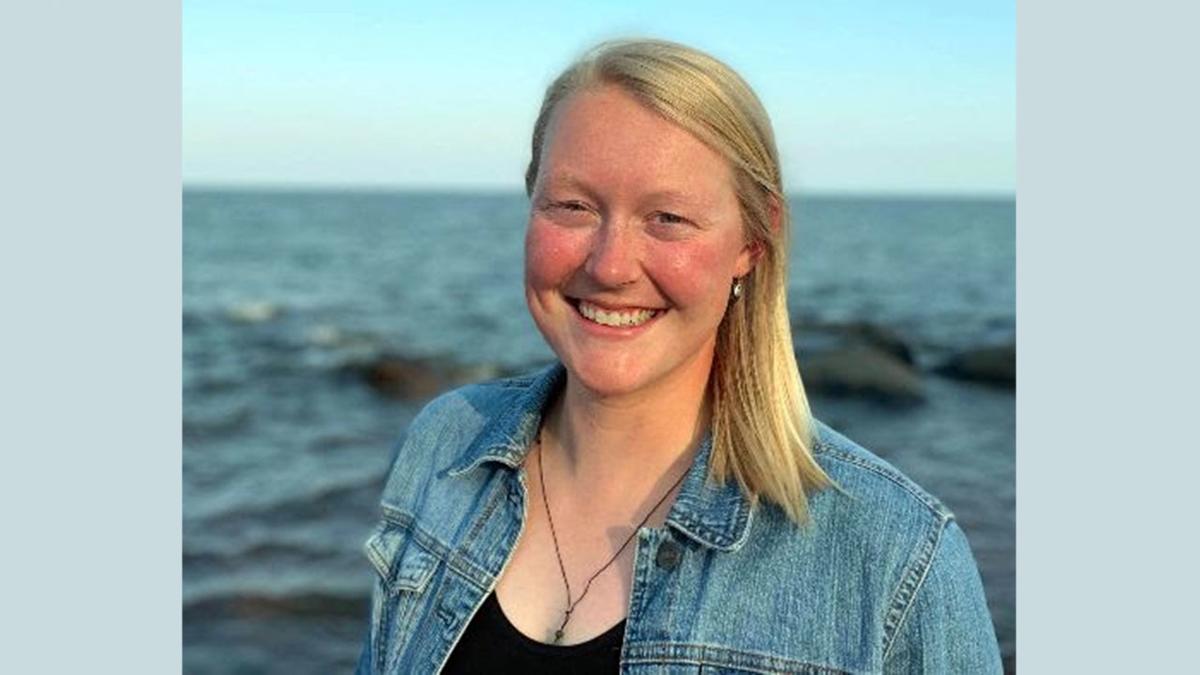The University of Minnesota Sea Grant announced that their 2020 finalist for the National Sea Grant John A. Knauss Marine Policy Fellowship program is University of Minnesota Duluth Water Resources Science graduate student Kirsten Rhude.
Sea Grant’s Knauss Fellowship matches nationally selected finalists with host offices of the federal government for a one-year, non-renewable paid fellowship. Legislative fellows are selected to work in the United States House of Representatives and U.S. Senate in either personal or committee offices. Executive fellows are placed in federal agencies with Great Lakes and marine-relevant policy missions.
“The Knauss Fellowship is an outstanding example of how Sea Grant fulfills its mission to bring sound science to decision-makers and foster a diverse workforce trained in water science, law and policy,” said Minnesota Sea Grant Director John A. Downing. “Kirsten’s Great Lakes research and teacher education experience makes her immensely valuable as a freshwater science resource.”
Named for one of Sea Grant’s founders and former National Oceanic and Atmospheric Administration administrator, the finalists for this prestigious annual fellowship are an impressive group of 69 talented, early-career professionals who represent 27 of the 34 Sea Grant College Programs nationwide.
“I believe the most meaningful contribution I can make to the ecological, social and economic well-being of the Great Lakes region is by applying my science knowledge and experience to policy,” said Rhude. “The Knauss Fellowship will help me achieve this by providing me with critical experience in the policy making process.”
Rhude’s master’s research is focused on a small shrimp-like organism that is one of two species that drive the food web in Lake Superior. The fatty invertebrates are called Diporeia and are eaten by commercially important species such as whitefish. Diporeia have been disappearing in all the Great Lakes except Lake Superior and researchers do not yet know why.
“Diporeia are most abundant in Lake Superior at depths of 30 to 100 meters,” said Rhude. “I am analyzing the chemical and physical properties of the sediment to determine what about that depth appeals to Diporeia.”
Outreach has been important in Rhude’s research too. In 2018, she guided 12 teachers from Minnesota Sea Grant’s shipboard science program on the R/V Blue Heron to collect samples for her research and help analyze the resulting data. Rhude helped the teachers learn field techniques and develop data analysis skills.
“I was drawn to Sea Grant because they link the public to water science,” Rhude said.
Rhude and the other finalists will learn about placement opportunities in the nation’s capital over the summer, interview with legislative and executive offices in the fall and begin their fellowships in February 2020.
The 2020 finalists will be the 41st class of the John A. Knauss Policy Fellowship program since the program's inception in 1979. The Knauss blog includes fellowship stories from the 2019 Knauss class.
The National Sea Grant College Program, administered by the National Oceanic and Atmospheric Administration, is a network of 33 Sea Grant science, education and outreach programs located in every coastal and Great Lakes state, Puerto Rico, Lake Champlain and Guam.
For more information, contact:
John A. Downing, Director, Minnesota Sea Grant; Professor of Biology, Department of Biology and Scientist, Large Lakes Observatory, University of Minnesota Duluth; [email protected], 218.726.8715.
Marie Thoms, Communications and Public Relations, Minnesota Sea Grant, [email protected], office: 218.726.8710, mobile: 907.460.1841, @MNSeaGrant. www.seagrant.umn.edu
Learn more about Minnesota Sea Grant.
Learn more about UMD's Water Resources Science program.
Image: Kirsten Rhude, Minnesota Sea Grant's 2020 John A. Knauss Marine Policy Fellowship finalist. Credit: Eric Oberhart
